Born in 1778 in Zakynthos (Zante in Venetian), a Greek island that was then a Venetian possession, Ugo Foscolo was the son of an Italian father and a Greek mother. Following his father’s death, the family moved to Venice, where he learned Italian and completed his studies at the University of Padua. He joined intellectual circles and admired Napoleon, even siding with his army.
However, he soon became disillusioned after the signing of the Treaty of Campo Formio. His disappointment is reflected in the main character of his epistolary novel Letters of Jacopo Ortis (1802): ‘The sacrifice of our homeland is consummated: everything is lost; and life, even if it is granted…’
He moved to Milan, where he obtained the position of writer and director of Monitore Italiano, the newspaper of the Italian Revolution, through which he denounced the condition of Venice after the arrival of the Austrians. However, the publication was short-lived as it was shut down by the authorities after only a few issues.
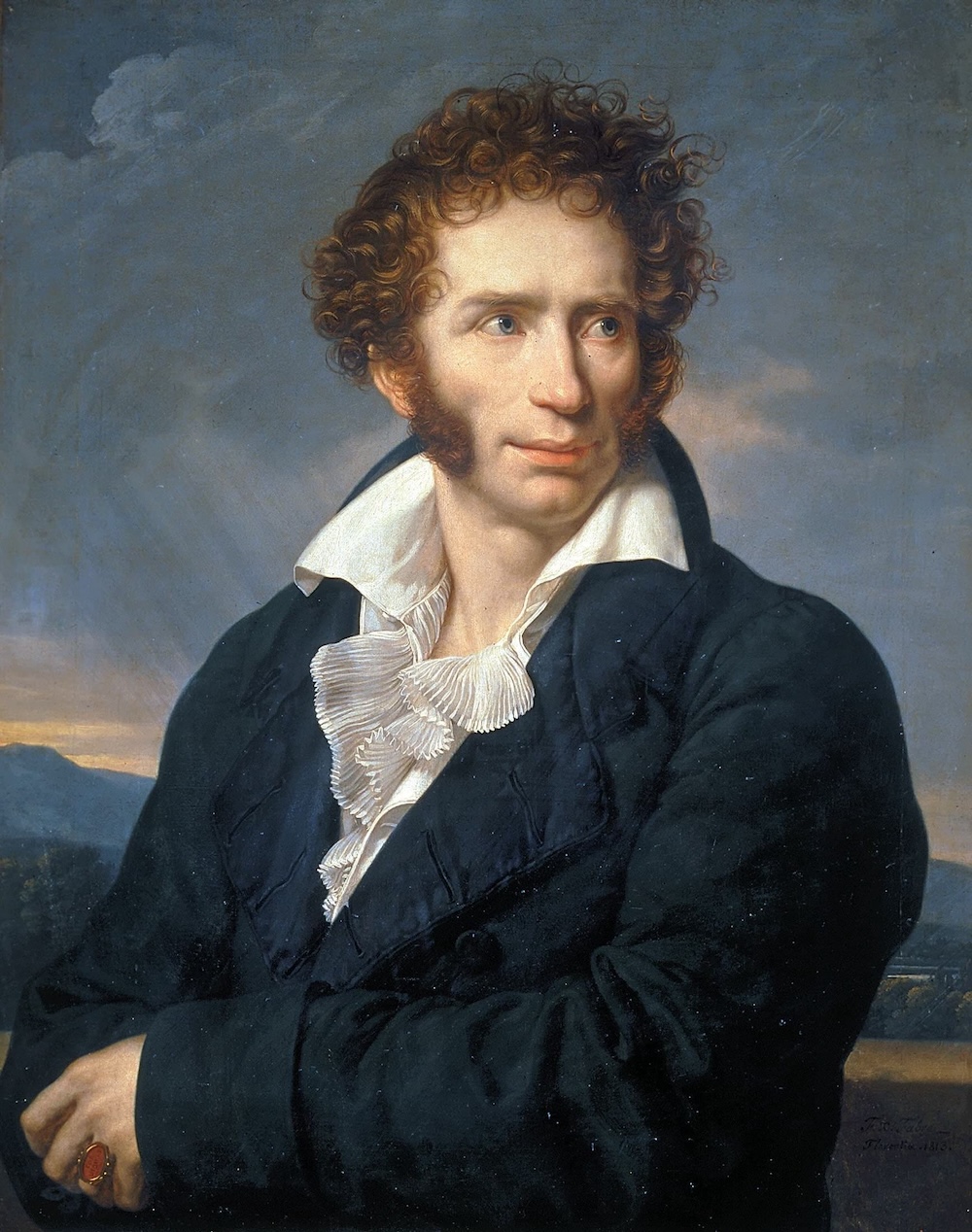 Portrait of Italian poet Ugo Foscolo by François-Xavier Fabre. Photo Credit: © Public Domain via Wikimedia Commons.
Portrait of Italian poet Ugo Foscolo by François-Xavier Fabre. Photo Credit: © Public Domain via Wikimedia Commons.
In 1807, following a visit to the tombs of great Italian artists in the Church of Santa Croce in Florence, he was inspired to write his most compact and complete work The Sepulchres, in which he highlighted themes of compassion and mourning for the dead.
His involvement in the Italian Resistance led him to join the army as an aide-de-camp. His enthusiasm was evident in his ode to Napoleon the Liberator:
‘It seems that your fortune, your fame, and your virtue have opened the field for you. You are on a seat where, with your arm and your mind, you can restore freedom to us, prosperity and faith to your Republic, and peace to Europe.’
The poet still believed that Napoleon was the only leader capable of solving the peninsula’s problems. However, his hopes were once again shattered after news of the defeat at Waterloo. Disillusioned, he voluntarily went into exile—first to Switzerland and later to London (September 1816). London was the only place where he could establish high-ranking connections, continue his work as a poet and writer, and publish his work with dignity and freedom.
Ugo Foscolo in London
Upon his arrival in London, Foscolo lodged at the Hôtel de Sablonière in Leicester Square, run by an Italian manager and chef who could provide Italian dishes for his guests. (Twenty years later, the Italian patriot Giuseppe Mazzini would also stay at the same place—you will read more about him in my subsequent article.)
Foscolo’s fame preceded him, and the press described him as the ‘wisest crazy poet of all time’. He became a regular visitor at Holland House, the residence of Lord Holland, who was sympathetic to the cause of Italian independence and welcomed Italian exiles living in England. The salon of Lord and Lady Holland was one of the most prestigious meeting places in London. Here Foscolo met John Allen (Lord Holland’s advisor), the poet Samuel Rogers, the publisher John Murray, Lord Guildford, John Cam Hobhouse, and the antiquary, poet, and politician Hudson Gurney as well as the publishers of the most renowned magazines of the time.
Between September 1817 and April 1818, he lived at 19 Edwardes Square, Kensington, where his blue plaque can be seen (next page). In June 1818 he rented a cottage at East Moulsey, next to his friend Pamela Fitzgerald. Foscolo was not an aristocrat but he pursued an extravagant lifestyle, without composing any poems. He supported himself by writing dissertations on classical poets such as Dante, Boccaccio and Petrarca for the Edinburgh Review, Quarterly Review and London Magazine and by relying on the generosity of others.
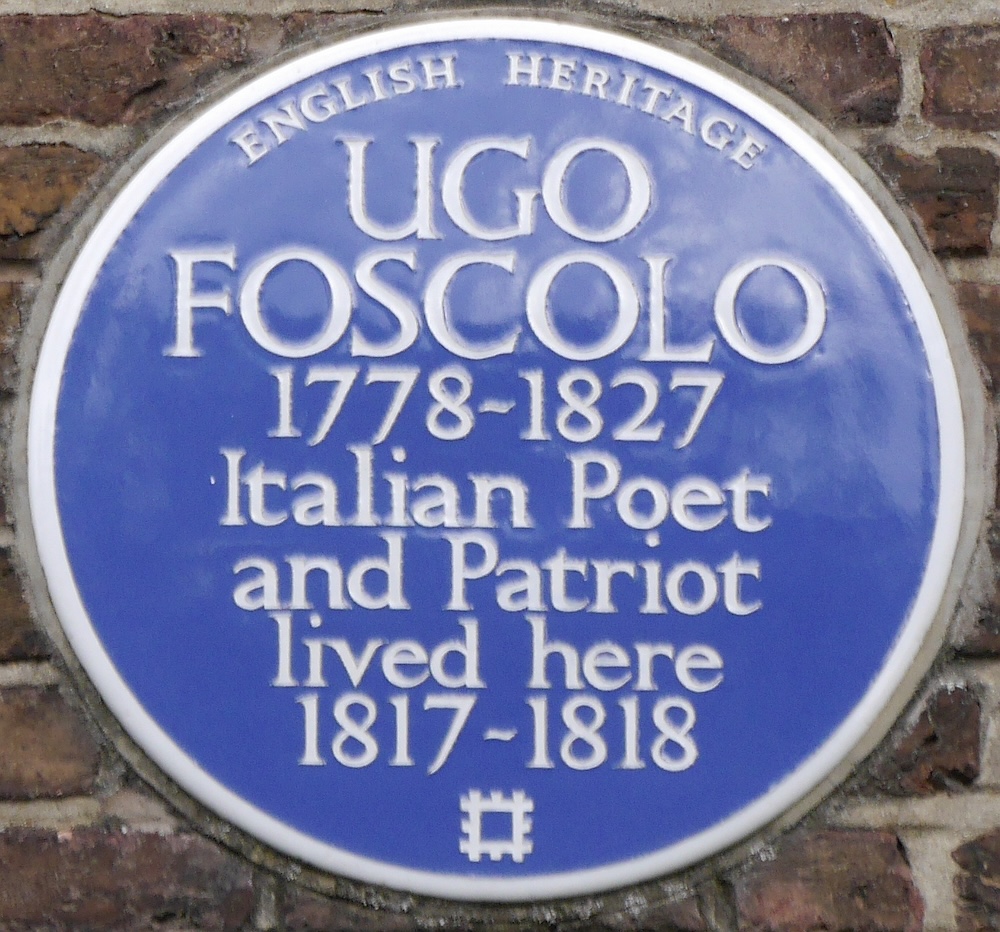 Blue Plaque for Ugo Foscolo in Edwardes Square in London. Photo Credit: © Edwardx via Wikimedia Commons.
Blue Plaque for Ugo Foscolo in Edwardes Square in London. Photo Credit: © Edwardx via Wikimedia Commons.
In 1822, he was joined by his seventeen-year-old daughter Floriana, whose existence had probably been unknown to him. She was born from a relationship with Sonia Saint John Hamilton in Calais during his army service and was brought up and educated by her grandmother Susan Hamilton, who died in February 1821 and left her a £5000 dowry. Part of this was used to buy the Diagramma and Green Cottage, located between Regents Park and St John’s Wood, and Cappa Cottage.
These were the best years of Foscolo’s life in London. Diagramma was, for him, ‘My home, my workshop, my prison and my Champs-Élysées’. His friends Pecchio and Scalvini confirmed that the cottage had thirteen rooms, and he lived in the lap of luxury with the help of three housemaids, who were actually three young sisters called Marianna, Sofia and Lucy. He walked on the most beautiful Flandre carpets, had furniture made of the rarest woods, statues in the hall, a stove filled with exotic flowers and gold coins randomly scattered around the room. He hung lemons and oranges on the trees to remind him of the Greek climate.
He rented the other two cottages to Italian patriots who fled Italy after the riots of 1821. Among them were Giovanni Berchet, Gabriele Rossetti, poet and father of Dante Gabriele, and also Antonio Panizzi who was principal librarian of the British Museum.
Foscolo’s flamboyant lifestyle did not last for long as his fragile income was only based on occasional Italian teaching lessons in an all female institute. He made drastic changes in his lifestyle, isolating himself from his peers and eating only rice. To escape his debtors he kept changing his name and address but at some point he was forced to sell his properties and his books to an antiquarian.
In the winter of 1826 he moved to his last address in London at Bohemia House in Chiswick in the suburb of Turnham Green. Afflicted with severe dropsy, he was operated on by Dr Negri and nursed by his daughter Floriana. Giulio Bossi also co-operated in the writing of An Anthology of the Critics of Italian Poetry and Miguel Riego, a Spanish priest, dealt with his literary testament after the death of Floriana.
Ugo Foscolo died on the 10th eptember 1827 and was buried in Chiswick cemetery. In 1871 his ashes were transferred to the Church of Santa Croce in Florence, the church where Michelangelo, Alfieri and Dante were buried. This was the place that had inspired Foscolo to write his most famous work The Sepulchres and which he had already foreseen as his final resting place.
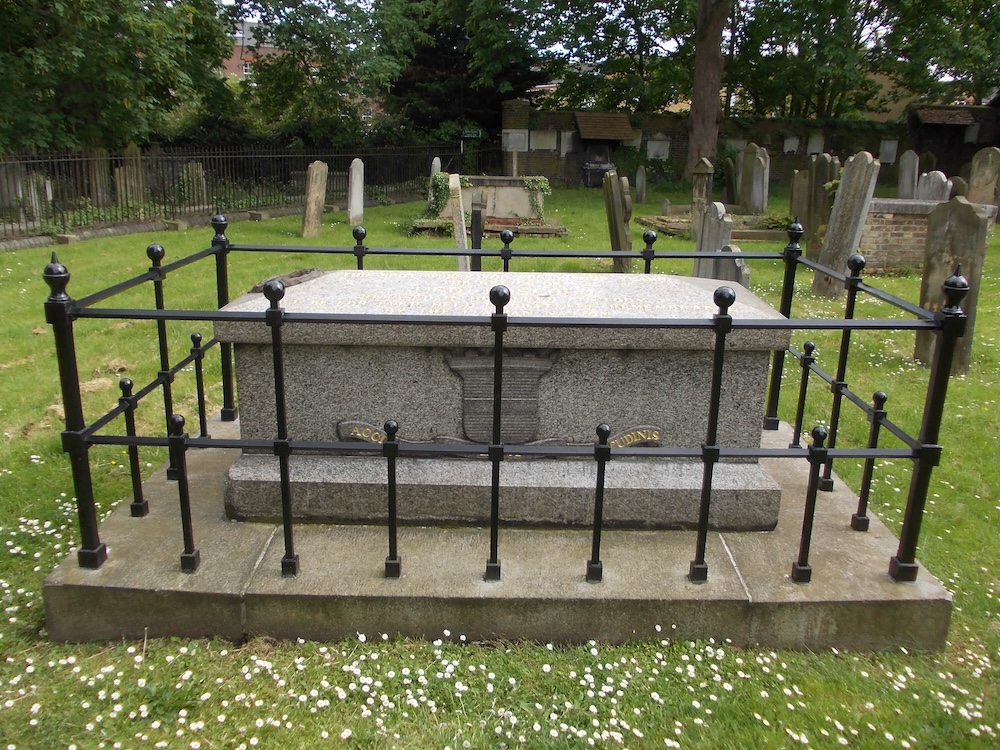 Empty tomb of Ugo Foscolo in the churchyard of St Nicholas Church, Chiswick, London. Photo Credit: © Chiswick Chap via Wikimedia Commons.
Empty tomb of Ugo Foscolo in the churchyard of St Nicholas Church, Chiswick, London. Photo Credit: © Chiswick Chap via Wikimedia Commons.



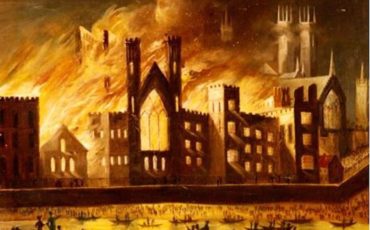
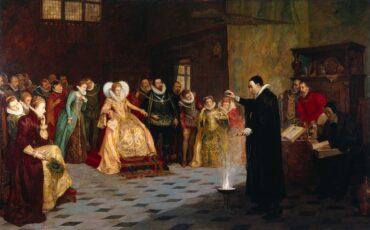

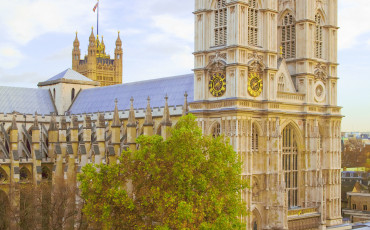
Leave a Reply